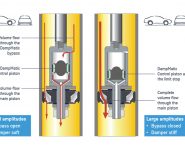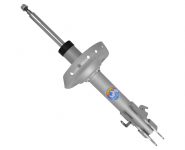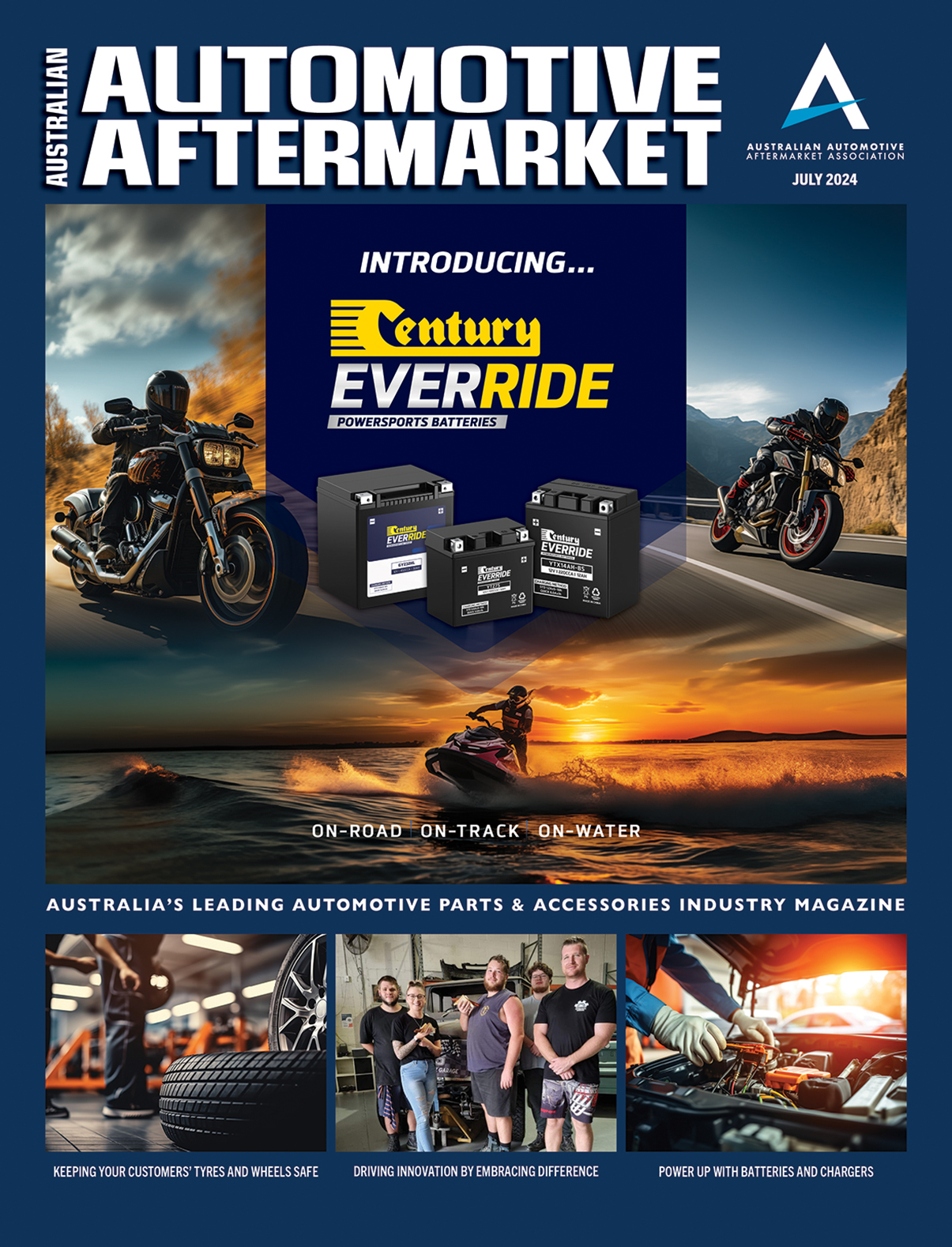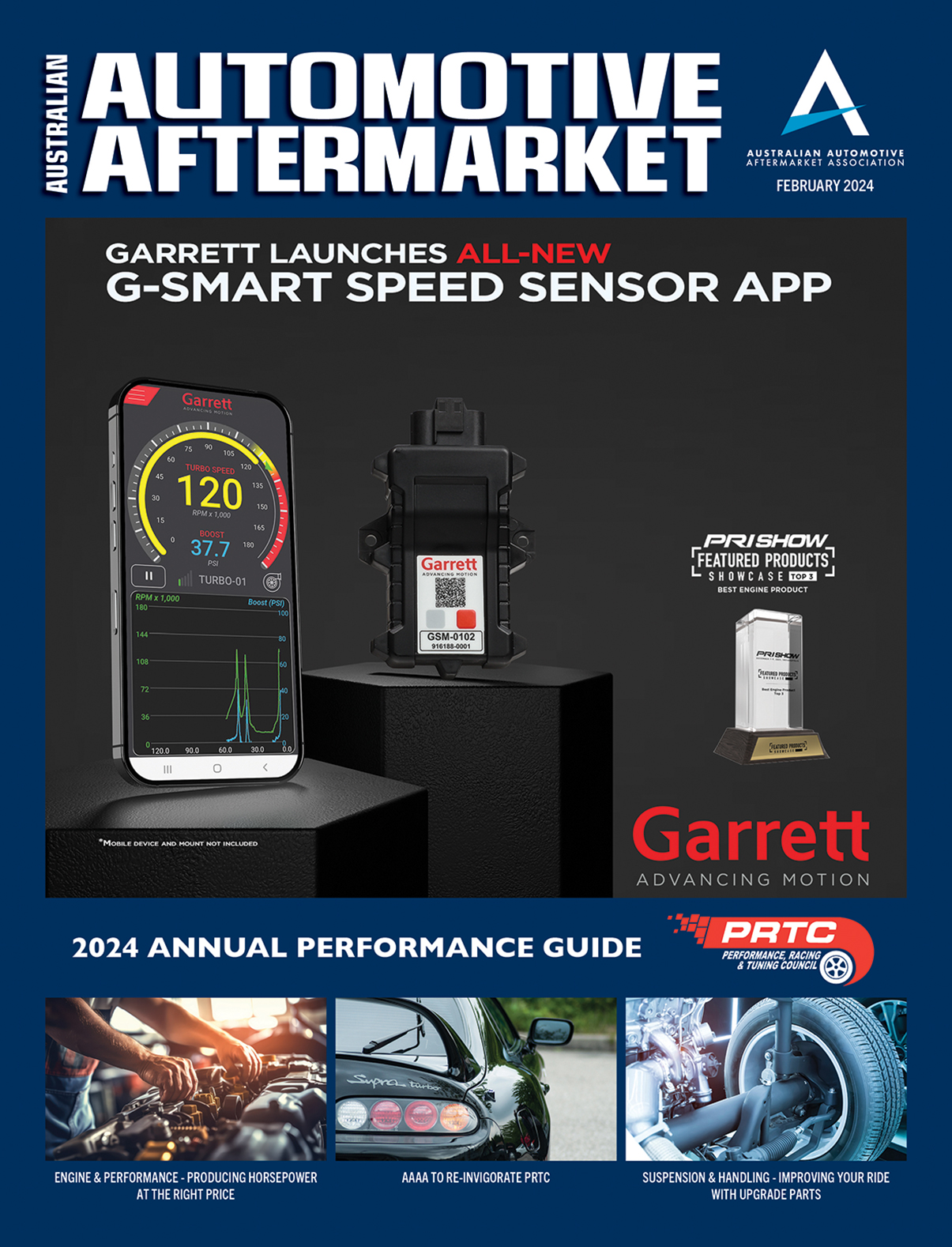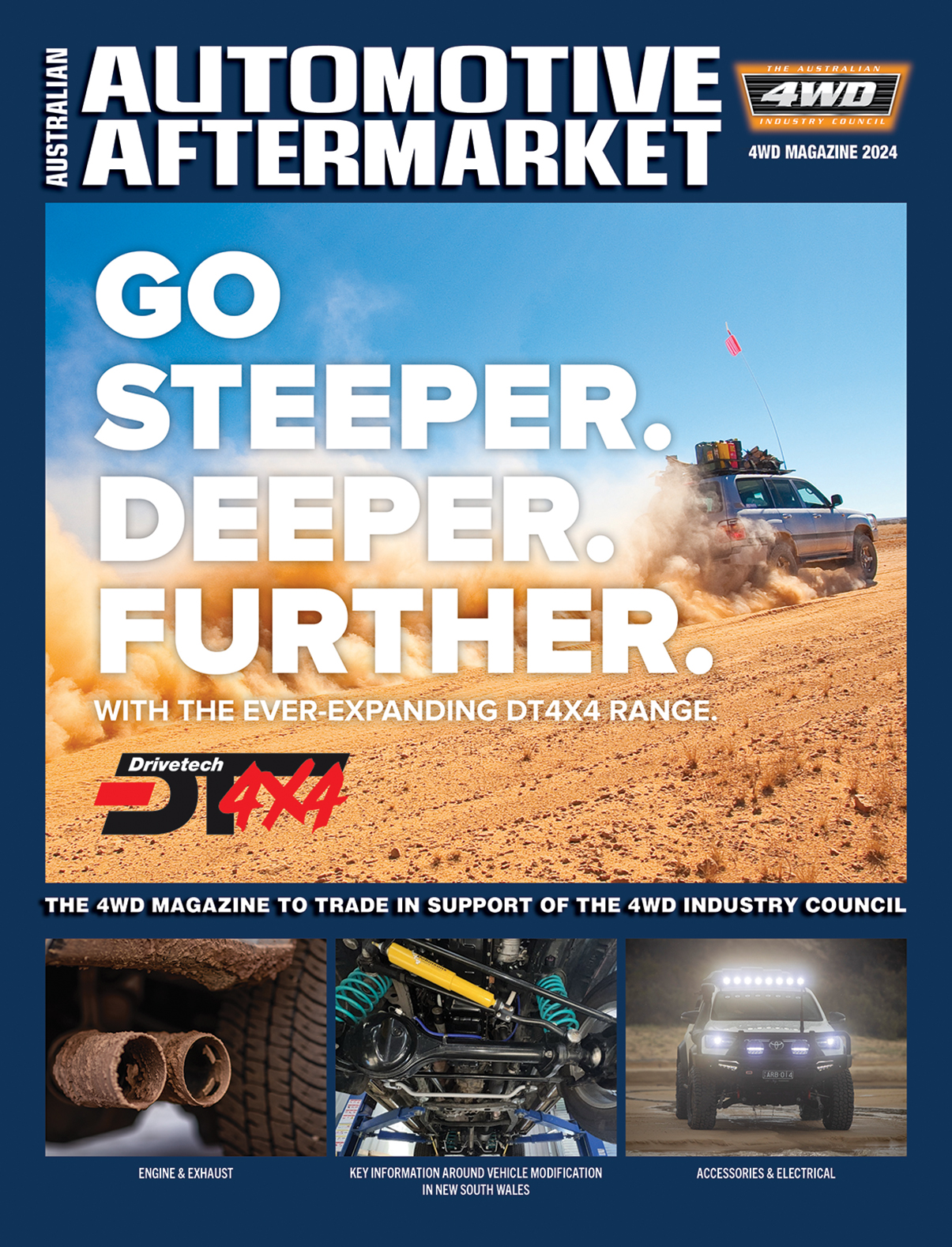TIPS FOR SHOCK ABSORBER DIAGNOSIS
Mono-tube, twin-tube or electronic systems require different approaches in the workshop
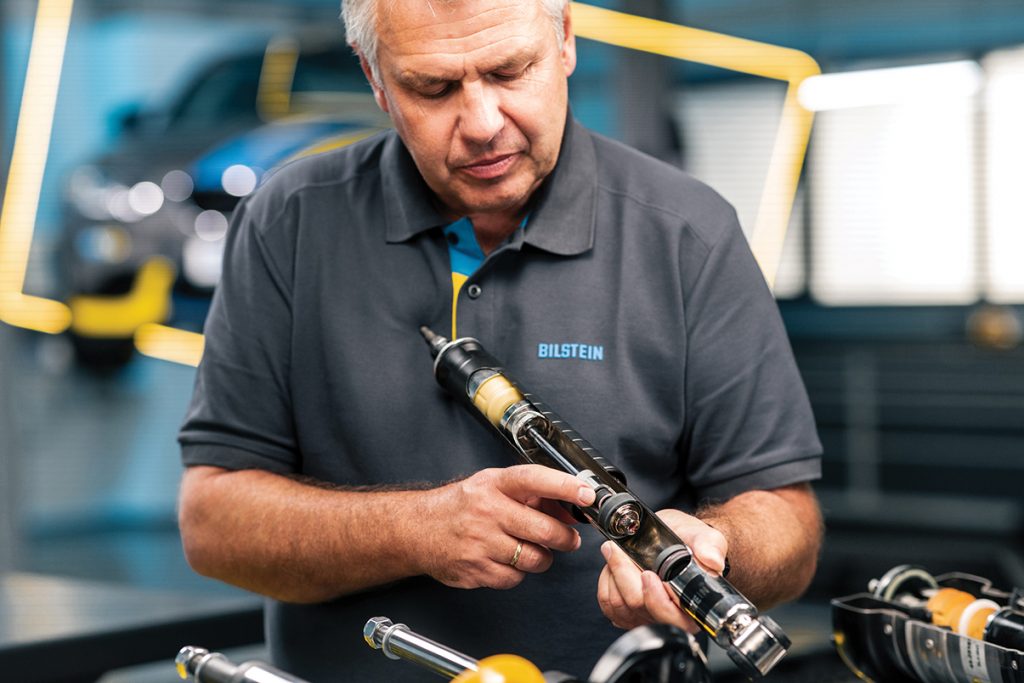
In the fifth part of Bilstein’s video series, “Suspension Fundamentals – powered by Bilstein Academy,” the head of the Bilstein Academy, Rainer Popiol, reveals what mechanics need to look out for.
In the mono-tube shock absorber, oil from the piston chamber is forced back and forth through a valve in the working chamber, creating forces for the compression and rebound stages. Behind the separating piston is the gas chamber.
“The gas presses the oil column together so that cavitation does not form,” Rainer said.
“In addition, the gas chamber must accommodate the volume of the piston rod, because when the shock absorber is working, the piston rod is pressed into the working chamber.”
In the twin-tube shock absorber, the working piston also works in a working chamber filled with oil. If the piston rod presses into the shock absorber, the oil is displaced into the compensation chamber through a bottom valve.
Whether it is a mono-tube shock absorber or a twin-tube shock absorber, mechanics have to keep a few things in mind when it comes to fault analysis.
“Usually it is like this: If the shock absorber loses oil, it becomes softer. But then there is a type of construction where the shock absorber becomes tighter,” Rainer said.
“This means that the piston rod no longer enters the shock absorber properly. This is the mono-tube shock absorber. When it loses oil, the separating piston moves upwards towards the working chamber. At some point the piston rod then touches the separating piston and that gives a loud knocking noise and the car behaves harder.”
A special challenge is mono-tube shock absorbers in an upside-down design.
Because MacPherson struts perform wheel-guiding duties on the front axle, larger diameter piston rods are used. Therefore, MacPherson monotube shock absorbers in upside-down design are often used.
“Then the damper is “turned around”. The piston rod is at the bottom. Two plain bearings take over the guidance of the shock tube in the MacPherson strut so that the high forces can be transmitted,” Rainer said.
“With the monotube shock absorber, no oil can escape at the top because the piston rod is at the bottom.”
This is why it is so important for mechanics in the automotive workshop to know what kind of system they are dealing with.
“In our technical support, we are often confronted with the assumption in the case of the monotube shock absorber that when an emulsion leaks out, it is an oil leak. Most of the time, however, it’s slightly excess grease,” Rainer said.
Electronic systems meanwhile can usually be identified by their wiring and externally mounted valves.
“Then you check the electronics with a diagnostic tool. But that is only part of the fault analysis. Of course, that is not a 100 percent test. And I can’t check for wear at all: If the electronics are fine, but the driving behaviour is still bad, then it is quite possible that we are dealing with normal wear and tear. And then I have to check in the same way as with the passive systems,” Rainer said.
Bilstein says that if problems arise, the technical support of the Bilstein Academy is here to help and workshop professionals can contact the support team via email.
For more information, visit workshop.bilstein.com
Photos: Copyright BILSTEIN 2023.





